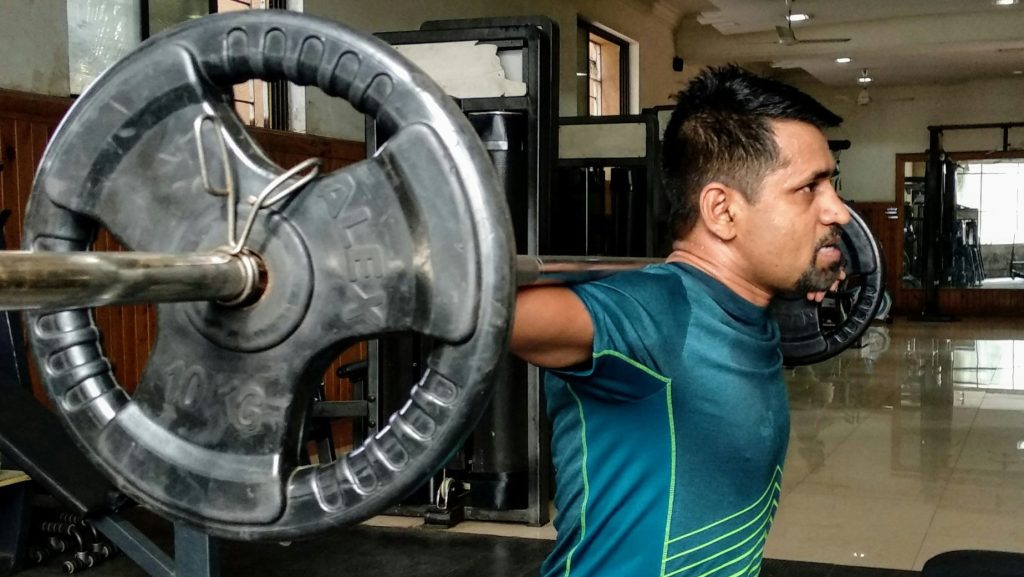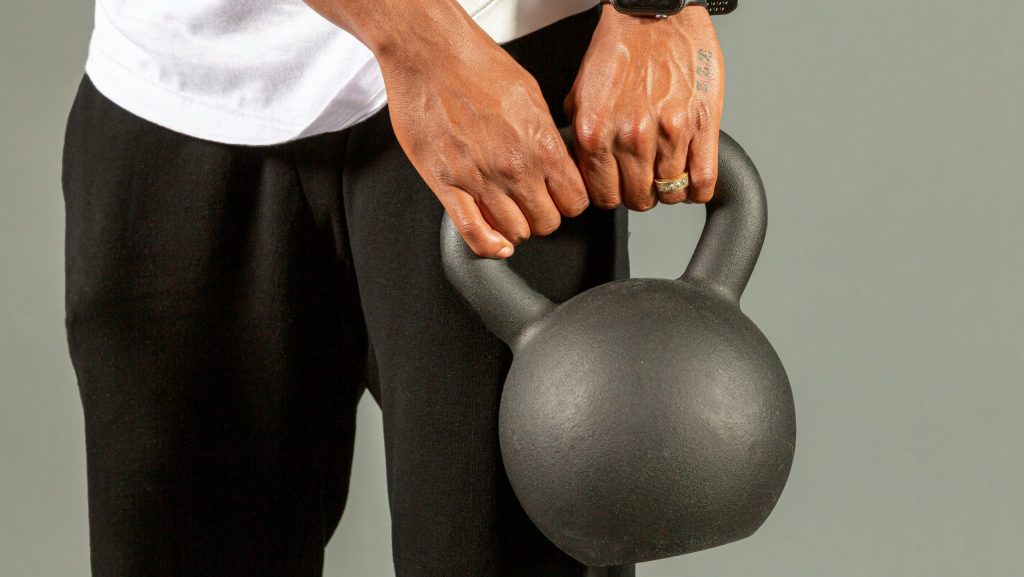Table of Contents
In the current fitness landscape, the significance of time-efficient workouts has become increasingly apparent. The concept of ‘Short Session Gym Workouts’ caters to those who need to balance fitness with a busy schedule. Contrary to the older belief that effective workouts demand extensive hours, this modern approach advocates for brief yet impactful gym sessions. This article aims to explore the effectiveness of time-saving workout strategies, offering solutions for individuals with limited time for exercise.
The progression of gym workouts now emphasizes the efficiency and outcome of exercise, rather than the duration. Key terms such as Efficient Workouts, Quick Gym Routines, Time-Saving Fitness, and High-Intensity Gym Sessions are central to this approach. These are not mere trends but are methodologies backed by research, designed to deliver substantial fitness results in shorter gym sessions.
A significant piece of information to consider is: “Gym sessions less than an hour long can still achieve comprehensive fitness goals.”
This fact underscores the efficiency of well-planned, shorter workouts, challenging the notion that longer gym sessions are always more effective. This shift focuses on structured, intense workouts that are concise.
The article will cover the following key topics:
- Efficient Workout Plans (30-45 Minutes): Developing gym sessions that fit into a busy schedule without compromising fitness objectives.
- High-Intensity Interval Training (HIIT) for Quick Results: Utilizing HIIT routines for effective, time-efficient workouts suitable for various fitness levels.
- Full-Body Workouts in Under 40 Minutes: Creating workouts that engage all major muscle groups within a limited timeframe.
- Time-Saving Gym Equipment and Exercises: Identifying gym tools and exercises that provide maximum results in a minimal amount of time.
- Short Sessions: Balancing Cardio and Strength: Designing workouts that efficiently combine cardiovascular and strength training.
To conclude, this article serves as a detailed guide for those seeking to optimize their gym time. It provides actionable information on creating short, effective workout routines that align with busy lifestyles. The focus is on a range of workout strategies, from HIIT to full-body exercises, equipping readers with the knowledge to maintain their fitness journey efficiently. The aim is to assist readers in managing their fitness routines effectively, making the most of their time at the gym.
Efficient Workout Plans (30-45 Minutes)
Efficiency in workout plans is vital for those with limited time for fitness activities. ‘Efficient Workout Plans’ within a 30-45 minute framework are increasingly essential for balancing fitness with a busy schedule. This method disproves the notion that only long workouts are effective, advocating for impactful gym sessions of shorter duration. This article section will examine effective strategies for maximizing fitness benefits in minimal time, suitable for individuals with tight schedules.
Time-Effective Exercise Selection
Choosing the right exercises is key to maximizing the efficiency of a workout plan. Compound movements, such as squats, deadlifts, and bench presses, are ideal. These exercises engage multiple muscle groups at once, offering a higher calorie burn and more comprehensive muscle engagement than isolated movements.
“Compound exercises like squats, deadlifts, and bench presses engage multiple muscle groups, offering higher calorie burn and more comprehensive muscle engagement.”
Focusing on intensity rather than duration is critical. High-intensity interval training (HIIT), involving alternating high-intensity bursts with short rest periods, effectively maintains high energy expenditure in a condensed timeframe, making it particularly beneficial for calorie burning and cardiovascular health.
Workout Scheduling Tips
Effective workout scheduling is a crucial element. Identifying the most convenient times for exercise, like early mornings or lunch breaks, can help in maintaining a consistent routine. Morning workouts are beneficial for kickstarting the metabolism and enhancing mood.
| Time of Day | Benefits |
|---|---|
| Early Morning | Kickstarts metabolism, enhances mood |
| Lunch Break | Consistent, less likely to be interrupted |
Consistency is more beneficial than irregular, longer sessions. Regular training, even if brief, promotes steady fitness progression and helps in developing a lasting fitness habit. Planning is essential, from preparing gym gear in advance to scheduling workouts as fixed calendar appointments.

High-Intensity Interval Training (HIIT) for Quick Results
High-Intensity Interval Training (HIIT) is a significant development in contemporary fitness practices, offering an effective solution for those seeking efficient, impactful workouts within limited time. HIIT distinguishes itself by providing substantial fitness outcomes in shorter sessions compared to conventional workout routines. This segment explores the principles, application, and benefits of HIIT, highlighting its suitability for individuals aiming to optimize their workout efficiency.
Basics of HIIT
High-Intensity Interval Training, or HIIT, is characterized by alternating periods of intense exercise with intervals of lower intensity or rest. This exercise format is renowned for its ability to burn a considerable number of calories in a relatively short duration. Typically, a HIIT workout lasts between 15 to 30 minutes, making it exceptionally suitable for those with constrained schedules.
The key to HIIT is maximal effort during high-intensity intervals, which usually span from 30 seconds to several minutes. These are followed by recovery periods of similar or longer lengths. HIIT’s adaptability across various exercise forms, such as running, cycling, jump rope, and bodyweight exercises, makes it accessible to a broad spectrum of fitness enthusiasts.
HIIT Workout Examples
HIIT routines can be customized for different fitness levels, offering a flexible approach to achieving quick fitness results. For beginners, a basic HIIT session might include:
- 30 seconds of high-intensity exercise (e.g., jump squats)
- 30 seconds of rest
- Repeat for 15 minutes, increasing duration/intensity as fitness improves
For those at an advanced level, HIIT can incorporate more rigorous exercises like sprinting or mountain climbers, with briefer rest intervals. These activities rapidly increase heart rate, enhancing calorie burn and cardiovascular health.
Full-Body Workouts in Under 40 Minutes
In a time when balancing numerous commitments is the norm, Full-Body Workouts in under 40 minutes have become a valuable tool for achieving comprehensive fitness. These workouts, designed for efficiency, allow individuals to engage all major muscle groups within a limited time frame, making them highly suitable for those with busy schedules.
Designing Full-Body Routines
Efficient full-body workout routines require a careful selection of exercises that target multiple muscle groups simultaneously. This method ensures a balanced and effective workout in a shorter period. A well-structured 40-minute session should blend strength training, cardiovascular exercises, and flexibility movements to provide a comprehensive fitness experience.
“Squats, when combined with upper-body exercises like push-ups or pull-ups, create a well-rounded routine targeting all major muscle groups.”
Incorporating compound movements like squats, deadlifts, and bench presses is vital. These exercises engage multiple muscle groups, maximizing the workout’s efficiency. Additionally, including lunges and push-ups can further enhance muscle endurance and strength.
Strategically planning rest periods is essential in these routines. Shorter breaks between sets help maintain an elevated heart rate, improving cardiovascular fitness and increasing calorie burn. The objective is to keep the workout dynamic, with minimal downtime, to optimize the session’s effectiveness.
Key Full-Body Exercises
Certain exercises are particularly beneficial for full-body routines:
- Squats: Target the lower body, core, and back muscles.
- Burpees: Combine a squat, push-up, and jump for full-body engagement.
- Planks: Strengthen the core and also work the shoulders, chest, and legs.
- Kettlebell swings: Focus on the lower back, hips, glutes, and shoulders.
Adapting Workouts to Time Constraints
Fitting a full-body workout into a 40-minute window requires maximizing each minute of the session:
- Circuit Training: Performing a set of each exercise in succession with minimal rest maximizes both strength and cardiovascular benefits.
- High-Intensity Interval Training (HIIT): Integrating high and low-intensity exercises increases the overall effectiveness of the workout.
- Efficient Rest Periods: Keeping rest intervals short ensures the workout remains high in intensity throughout the session.
In conclusion, Full-Body Workouts within a 40-minute timeframe provide an effective way to achieve comprehensive fitness for those with limited time. By focusing on selecting key exercises, optimizing workout structure, and adapting to time constraints, these workouts offer an efficient and thorough fitness solution. They demonstrate that achieving a balanced fitness routine is possible without spending extended periods in the gym, accommodating the needs of those with busy lifestyles.

Time-Saving Gym Equipment and Exercises
The selection of gym equipment and exercises plays a crucial role in achieving fitness goals efficiently, especially for those with limited time. Focusing on time-saving gym equipment and exercise optimization ensures that workouts are both effective and concise. This approach is ideal for individuals who seek to maximize their fitness results within a constrained schedule.
Effective Equipment for Quick Workouts
Choosing the right gym equipment is essential for time-efficient workouts. Certain tools are specifically designed to provide maximum benefits in minimal time:
- Adjustable Dumbbells: Versatile tools offering a range of weights in one unit, ideal for strength training.
- Kettlebells: Excellent for dynamic, high-intensity workouts, combining strength and cardiovascular training.
- Resistance Bands: Portable and versatile, suitable for strength and flexibility training across various muscle groups.
Exercise Optimization
Optimizing exercises for efficiency involves selecting movements that provide the highest benefit for the time and effort invested. This includes compound exercises, High-Intensity Interval Training (HIIT), and supersets, each contributing to quicker, more effective workouts.
“Kettlebells combine strength training with cardiovascular fitness, making them a time-efficient choice for a full-body workout.”
Circuit Training for Time Saving
Circuit training is a highly effective method for saving time in the gym. It involves performing a series of exercises in succession with minimal rest in between, combining various exercise types for a comprehensive workout in a shorter duration.
Short Sessions: Balancing Cardio and Strength
Balancing cardio and strength training in short gym sessions is a practical approach to achieving a comprehensive fitness routine. This strategy is particularly beneficial for those with limited time, allowing for a well-rounded workout that addresses both cardiovascular health and muscle strength. This subtopic elaborates on effective ways to combine these two essential aspects of fitness in short, efficient sessions.
Designing Balanced Routines
Creating a balanced routine within a short timeframe involves strategically alternating between cardio and strength exercises. Key elements for these routines include compound strength exercises and cardio intervals to ensure both cardiovascular and strength components are adequately addressed.
“Combining cardio and strength training enhances cardiovascular health, muscle strength, endurance, and flexibility.”
Adapting to Individual Needs
Tailoring short sessions to individual fitness levels and goals is key to their effectiveness. Adjustments in intensity, duration, and exercise choice can be made to suit different fitness needs, from beginners to advanced
Conclusion: Maximizing Efficiency in Gym Workouts
This article has provided a thorough examination of various efficient fitness strategies, tailored for those who face the common challenge of integrating effective workouts into a busy schedule. The focus has been on creating workout routines that are both time-efficient and comprehensive in their approach to fitness.
Key Insights from Each Section
Key insights from each section include:
- Efficient Workout Plans (30-45 Minutes): Highlighting the importance of maximizing exercise time with focused, effective routines.
- High-Intensity Interval Training (HIIT) for Quick Results: Detailing the benefits of HIIT for achieving fitness goals swiftly and efficiently.
- Full-Body Workouts in Under 40 Minutes: Discussing strategies to design comprehensive workouts that fit into tight schedules.
- Time-Saving Gym Equipment and Exercises: Identifying gym tools and methods that enhance workout efficiency.
- Short Sessions: Balancing Cardio and Strength: Outlining the importance of incorporating both cardiovascular and strength training into shorter workout sessions.
The article concludes by reiterating the importance of an integrated fitness approach. Combining different workout methodologies, alongside proper nutrition, consistent progress tracking, and the development of sustainable healthy habits, is crucial for long-term fitness success. These strategies demonstrate that achieving comprehensive fitness is feasible, even with time constraints. Readers are encouraged to apply these insights to their fitness routines, ensuring they can achieve their health and fitness goals efficiently and effectively.